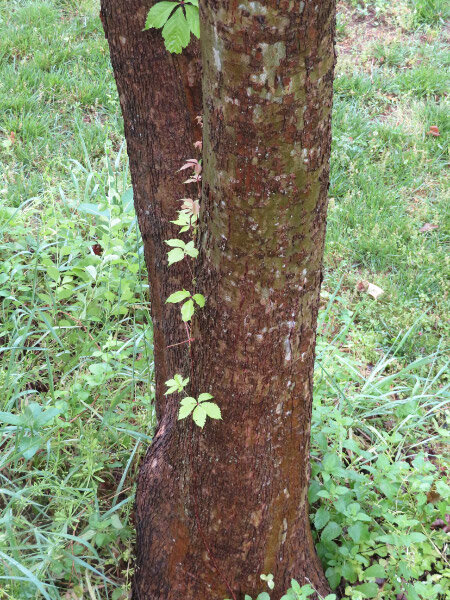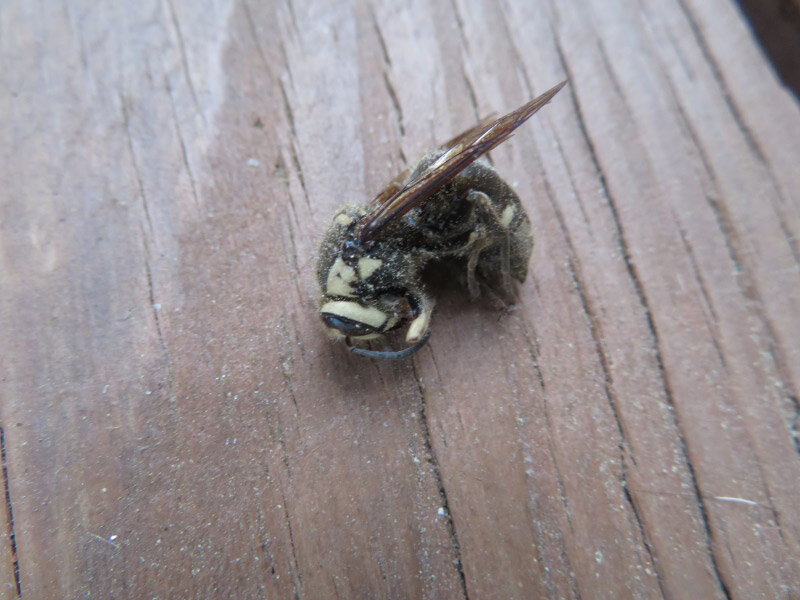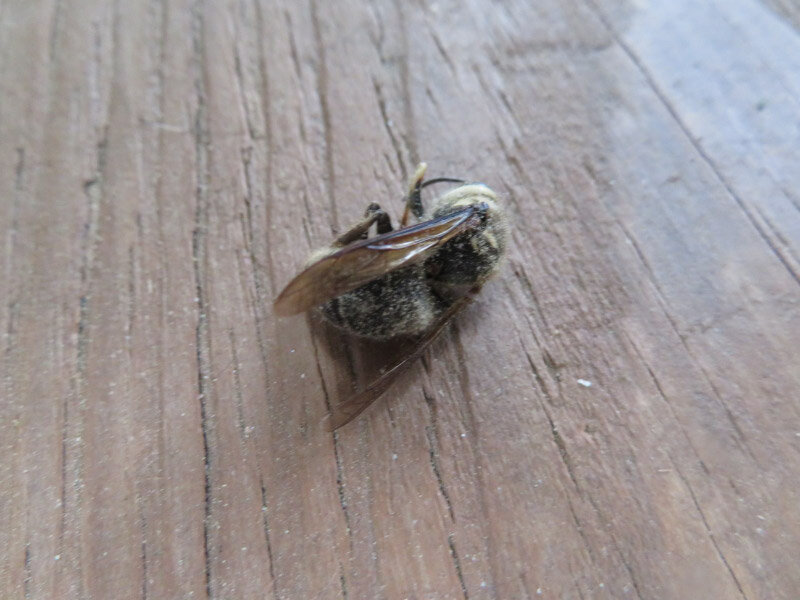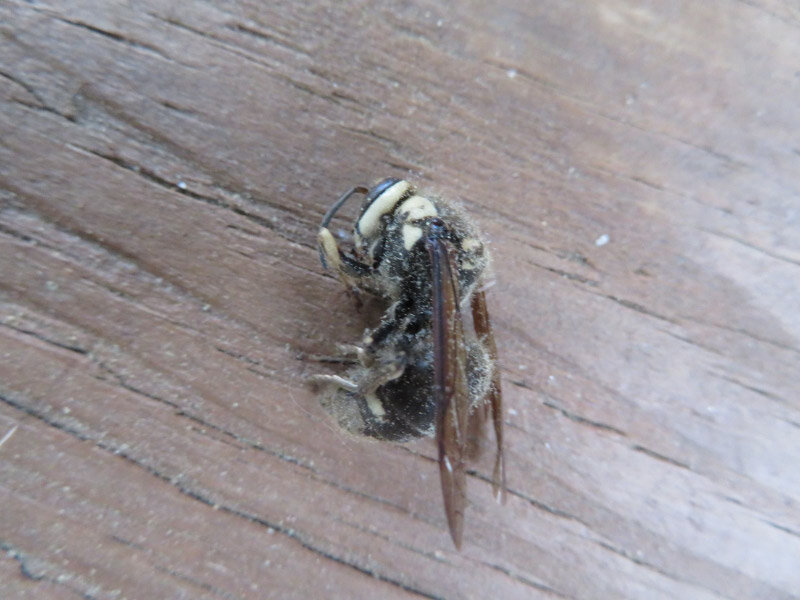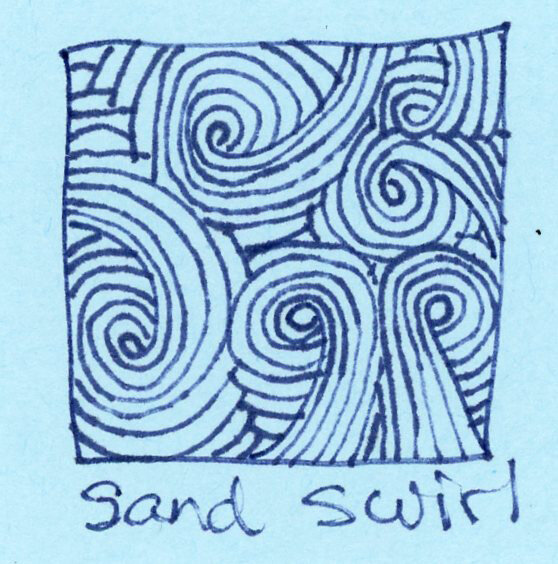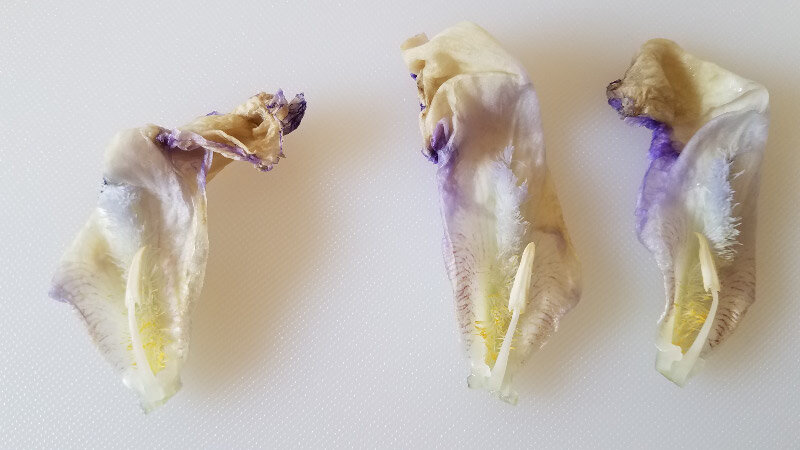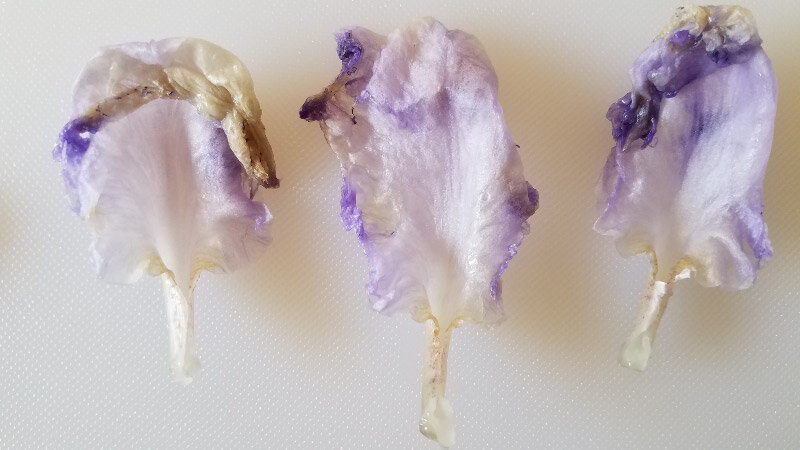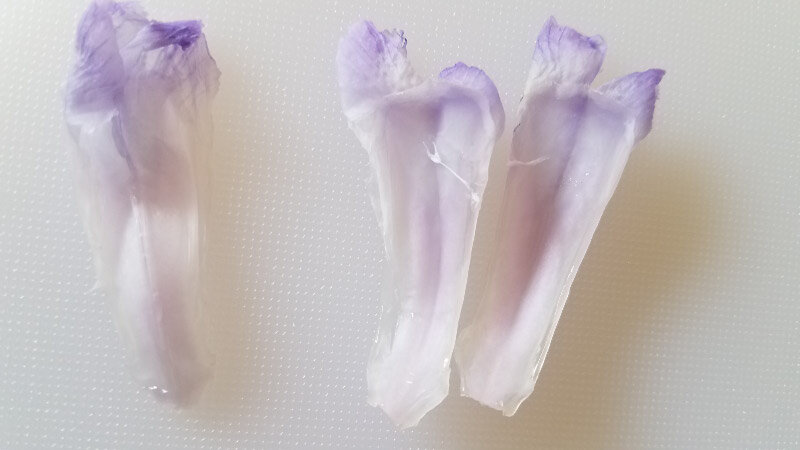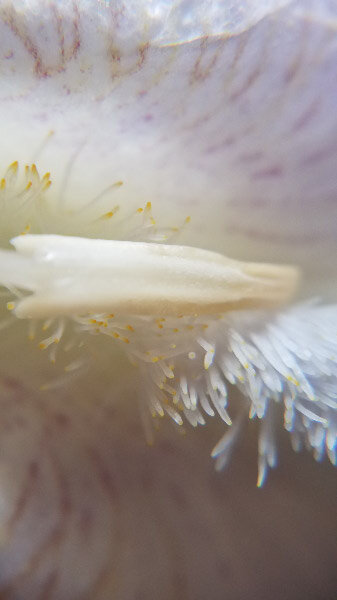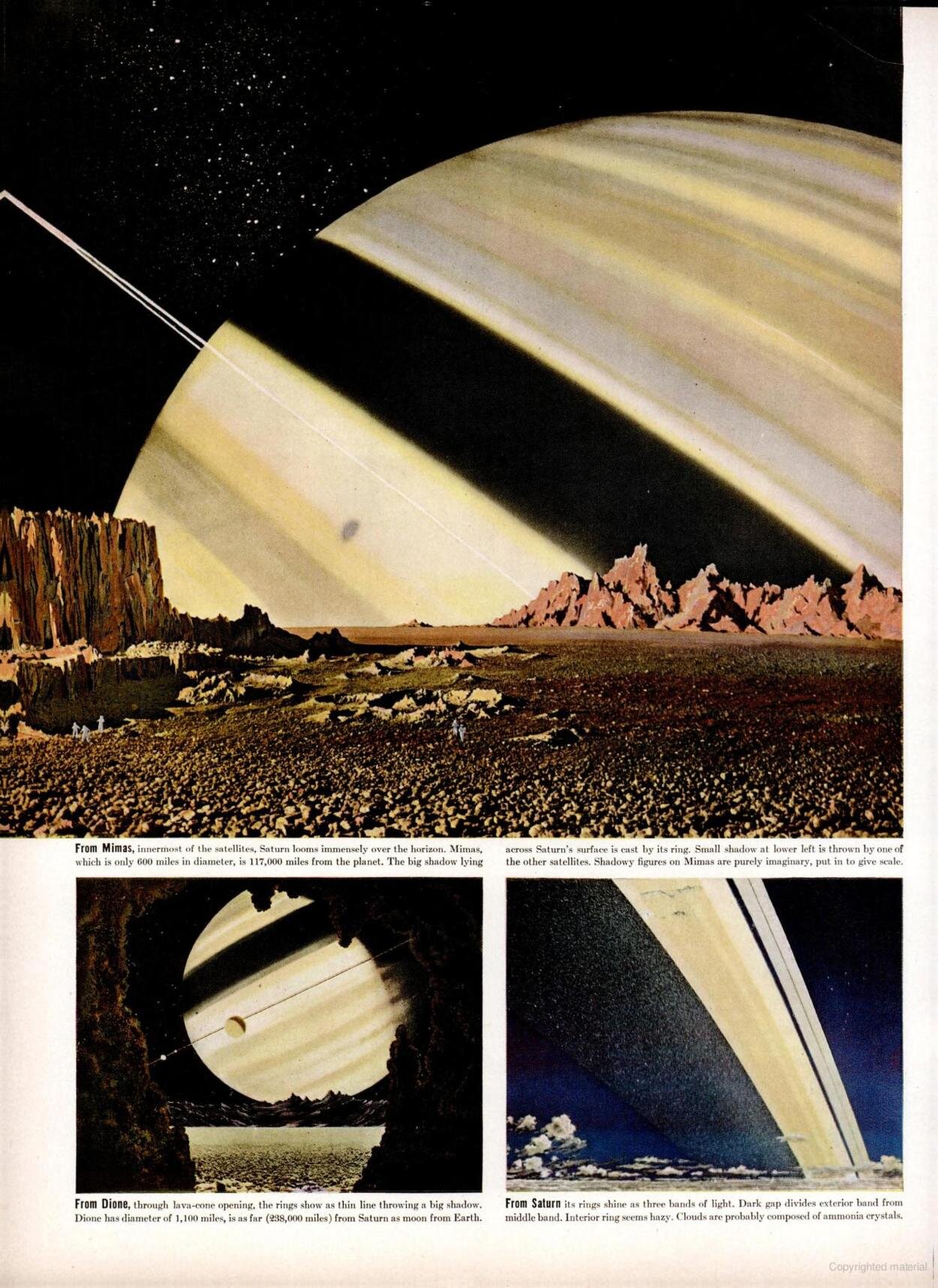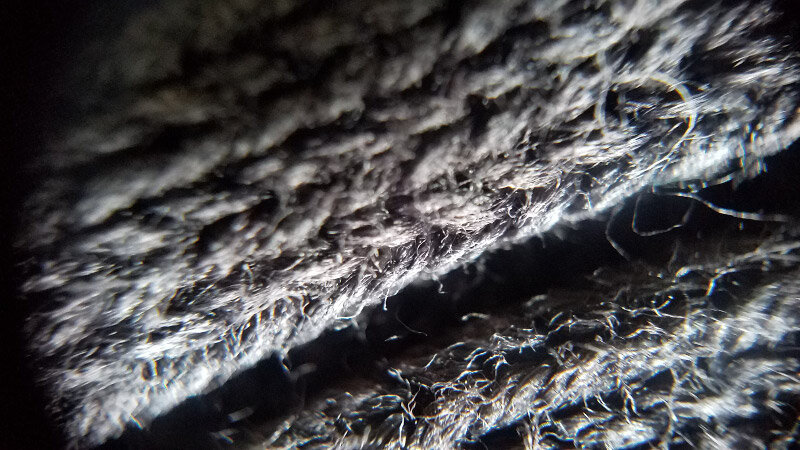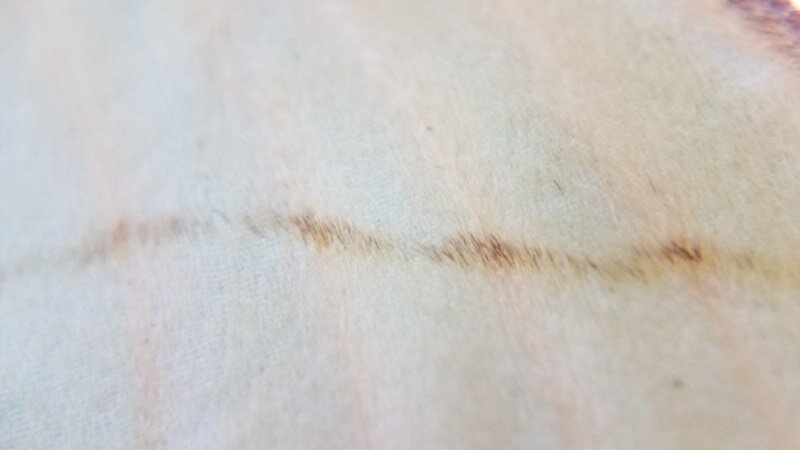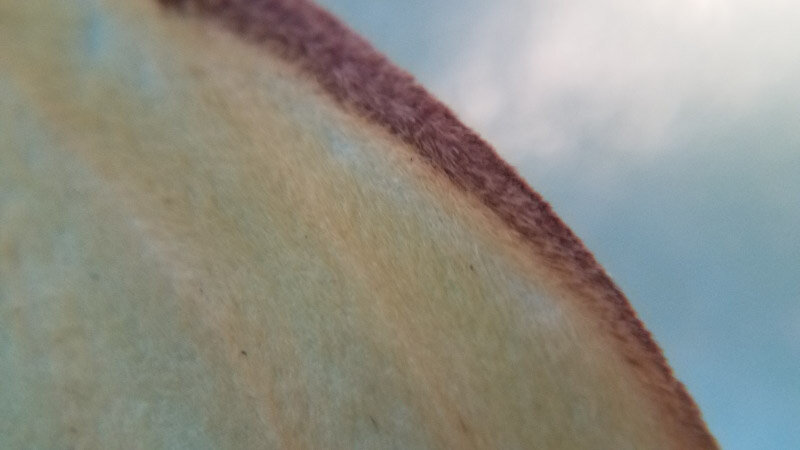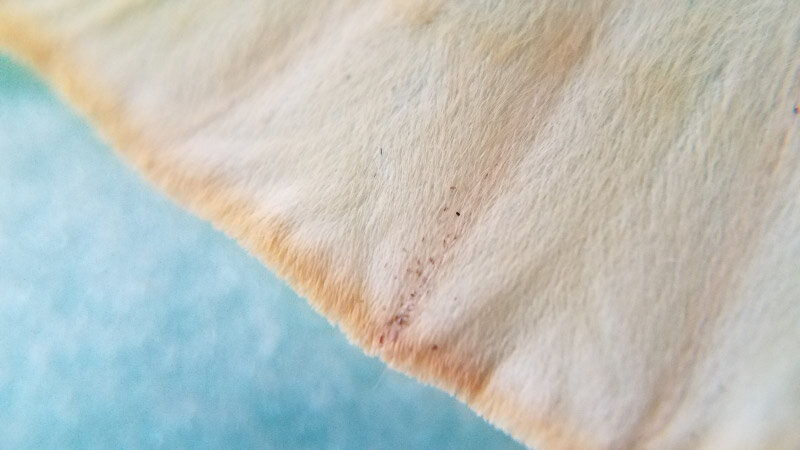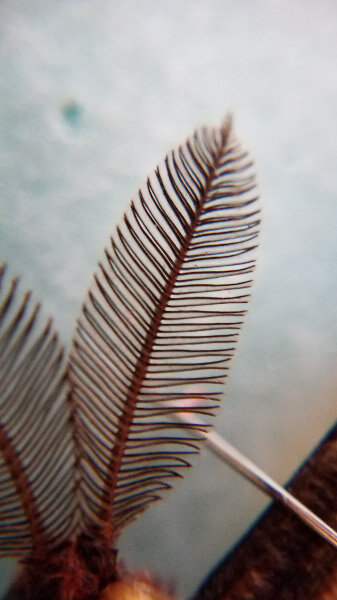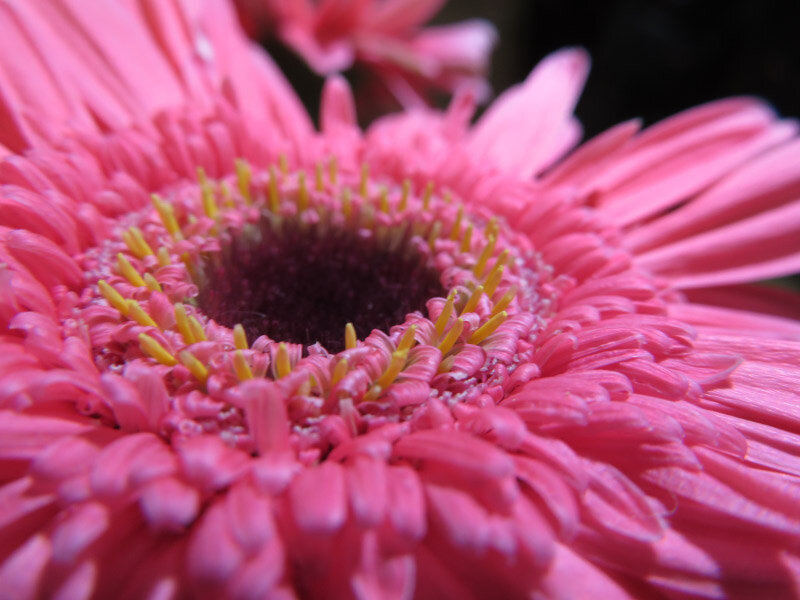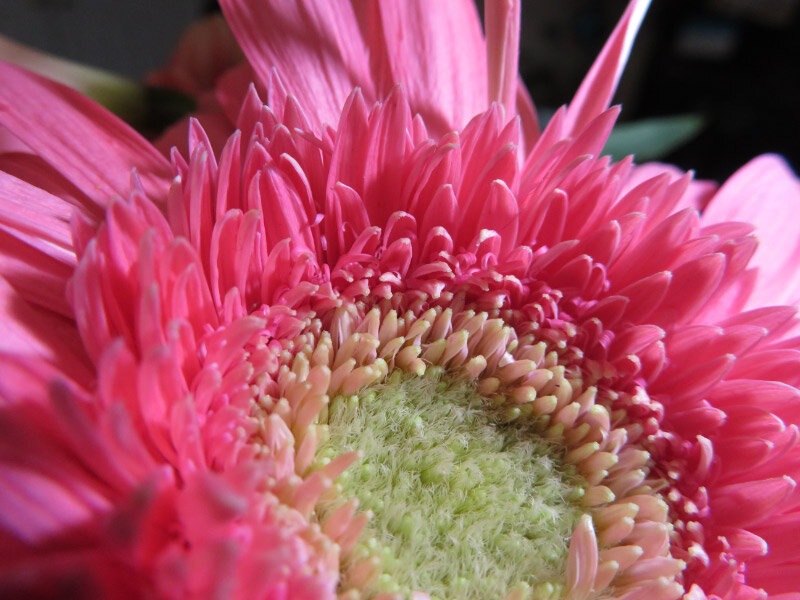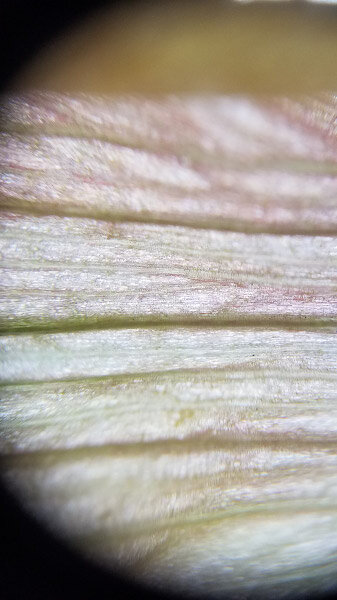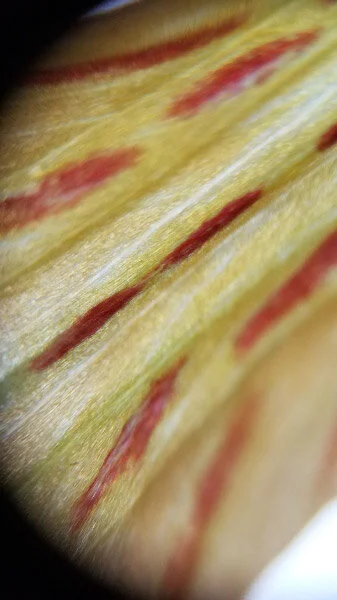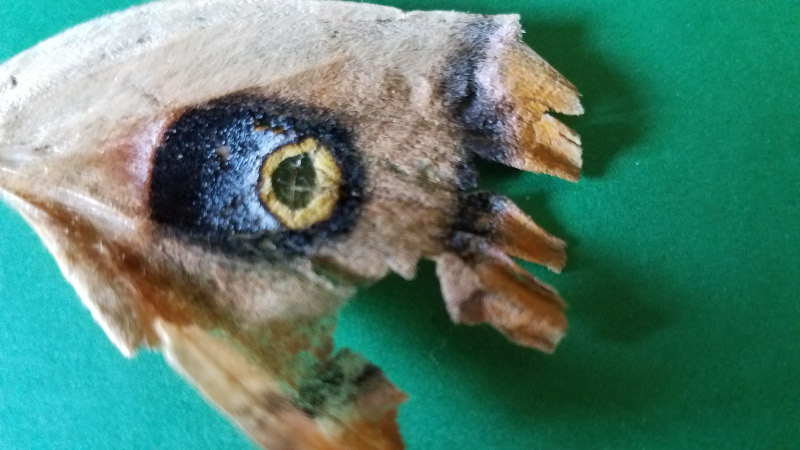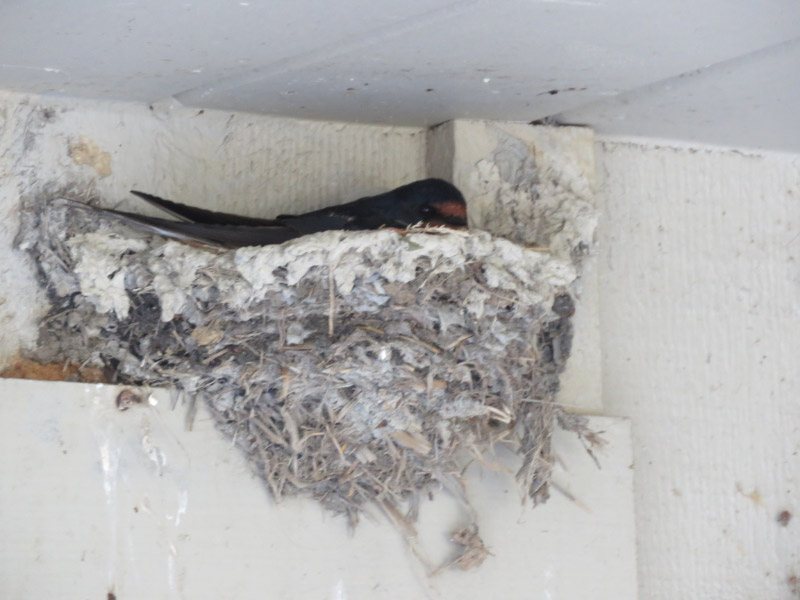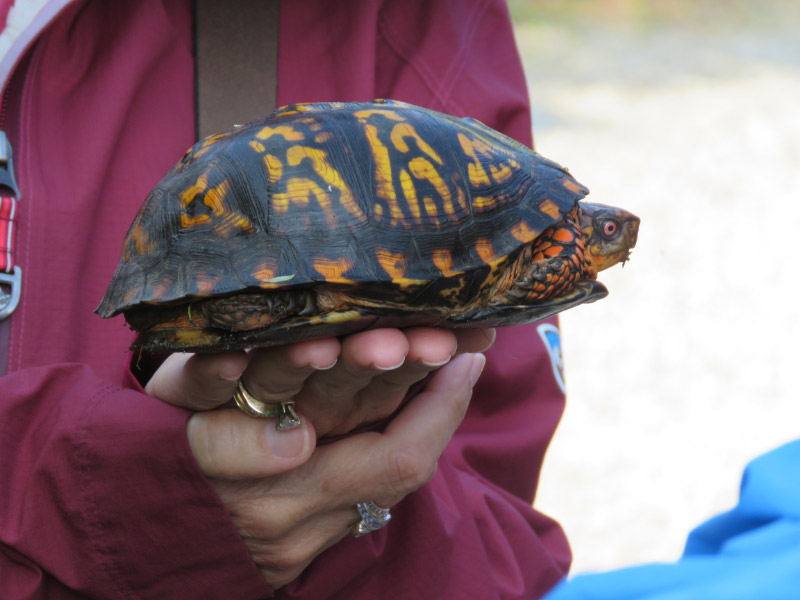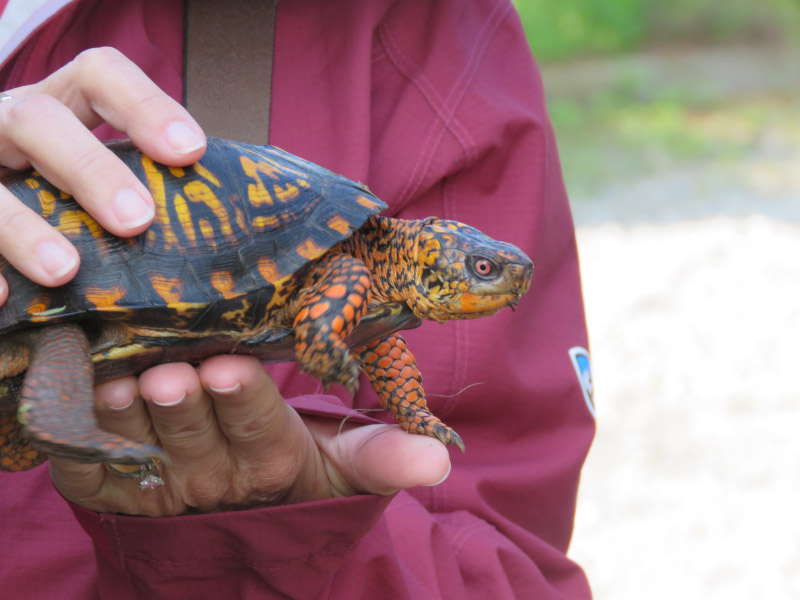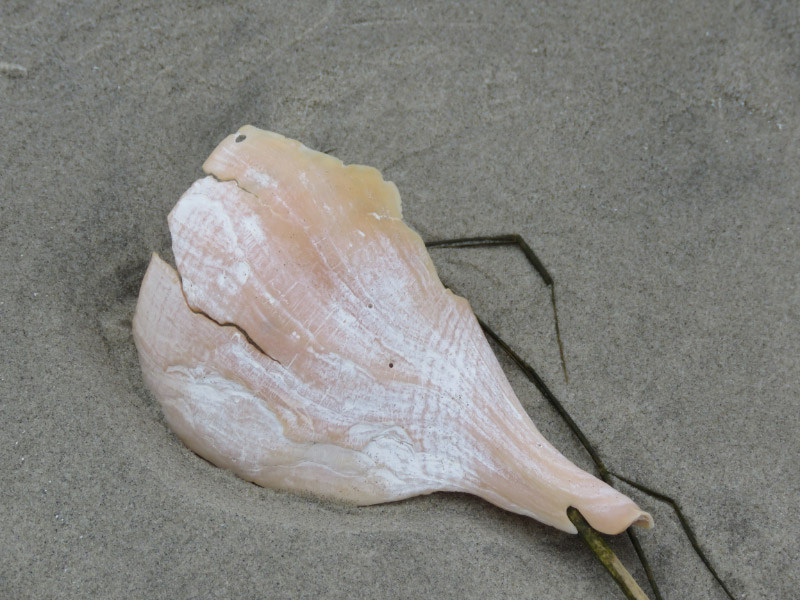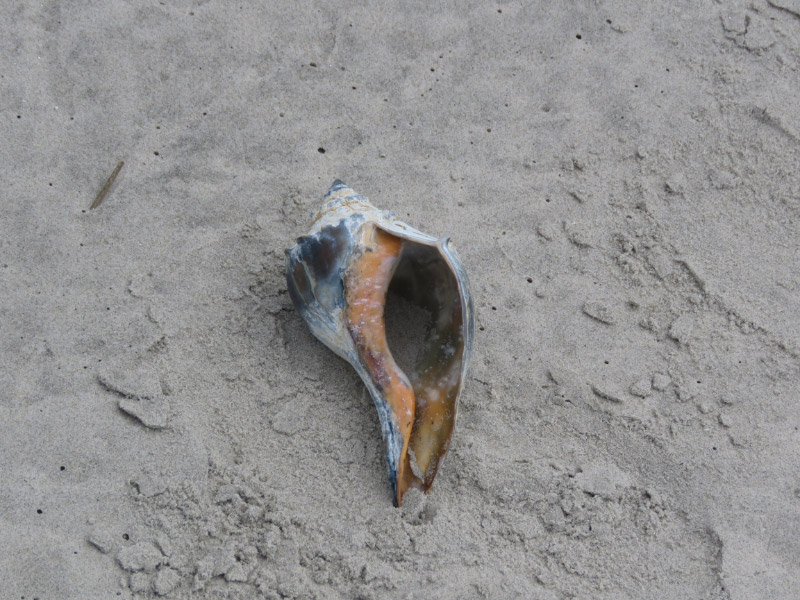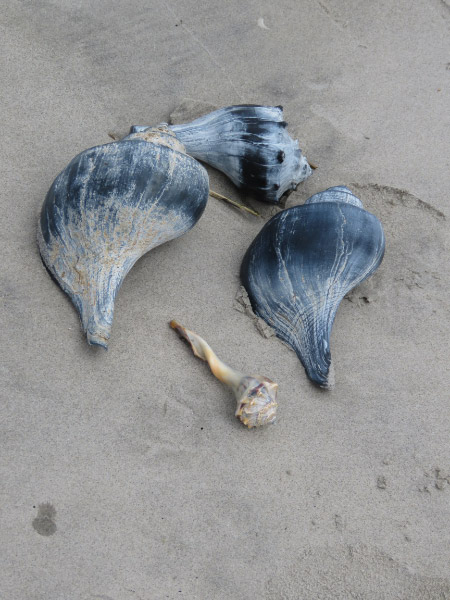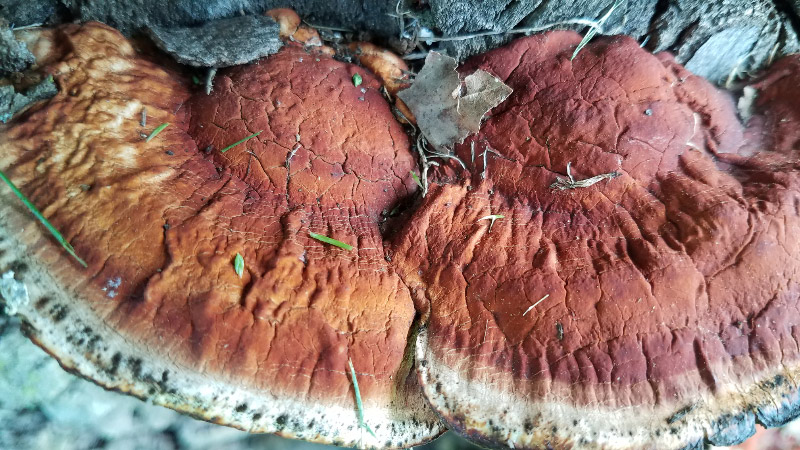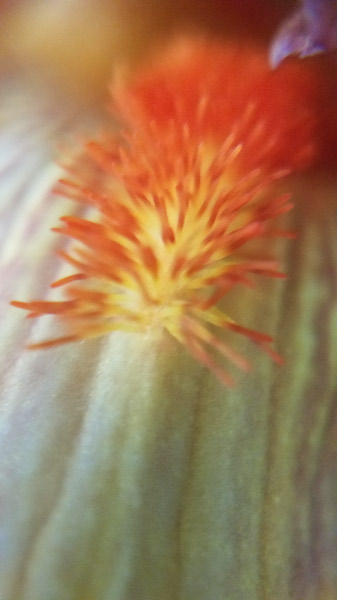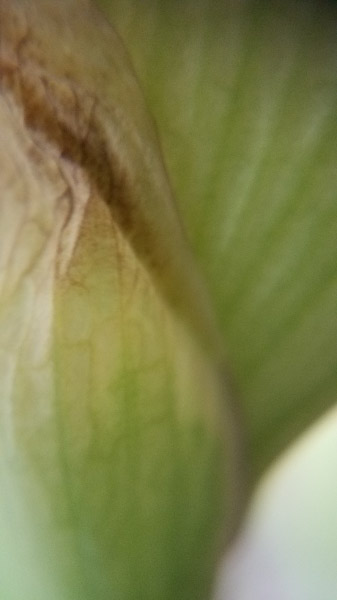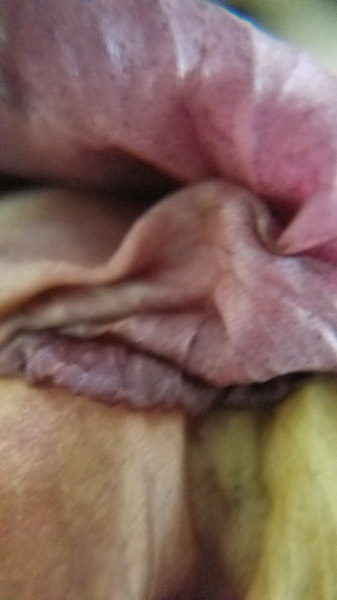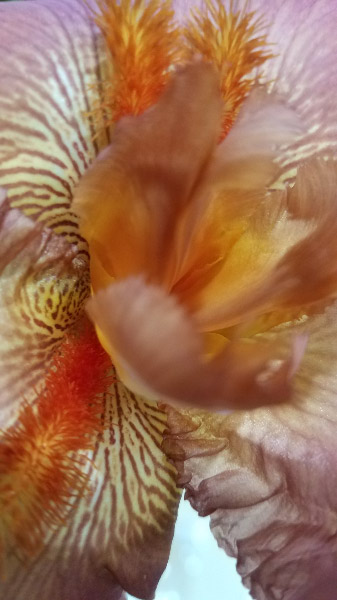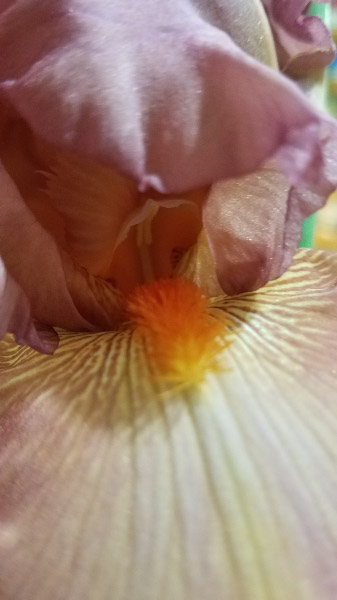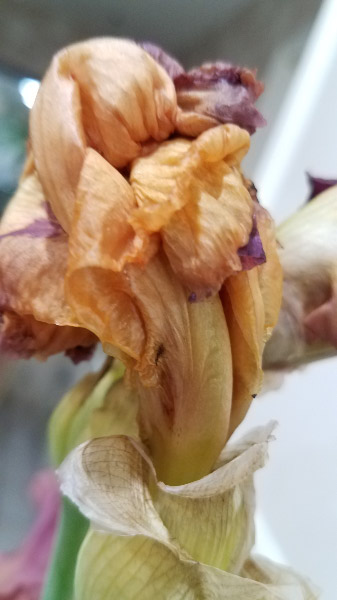Continuing the blog post series prompted by COVID-19….
The New Normal – Shopping
From the later part of March to the end of May, we didn’t go into a store at all. We had groceries delivered to our house, picked up orders a curbside at Target and Pet Smart, and items from Amazon and other vendors delivered to our porch. The single most expensive item was a new desktop computer for my husband – shipped from Dell. Grocery type items were the most numerous…mostly coming from the grocery store delivery but soft drinks and cat food were sometimes obtained from Target or Pet Smart when we couldn’t get it from the grocery. We had enough problems getting tomato soup and my husband’s favorite brand of canned tamales that we ordered them from Amazon. And we got masks from Amazon.
We are shifting now to in-person grocery shopping…which is one of the major changes that marks ‘phase 2’ of our coronavirus strategy. I can a good first experience this week – going first thing in the morning, wearing a mask, using hand sanitizer frequently…and then handwashing after I had put the perishables away, disinfecting surfaces touched inside the house as I brought groceries in. Prior to the pandemic I always shopped once a week, but I am shifting now to every 2 weeks to reduce risk.
I’ll pick up my Community Supported Agriculture (CSA) share every week once it starts (hopefully next week) so fresh veggies will come in every week. The less frequent shopping might become a habit that will continue after the pandemic is over. It takes more time to shop in one week…but nets a reduced shopping time since there is only one trip to the store every two weeks.
Pre-pandemic there were a lot of products that we were already buying online; that shift is more pronounced now. Something that is a variation in that trend is new: ordering online from a local store and then picking it up at curb side just outside the store. We are thinking about buying an electric lawn mower…and that is probably how we would buy it.
What about things that we like to examine before we buy? Aside from food there is not much. I suppose there are some types of clothes I would want to try on….but I don’t need any new clothes at the moment. If I think back, I’ve been ordering clothes all my life….starting with the Sears or Wards catalogs! Shoes are an item I like to try on before I buy…but I don’t envision needing any new shoes in the near future. Now that the weather is warm – I am going barefoot around the house and wearing sandals or flip flops when I am out…an old pair of hiking boots when I mow the grass.
We aren’t in the market for a car. In the past we have always taken a test drive of the car we bought. I’m not so sure we will do that for the next round although I’m not sure the pandemic has that shift (it was already the trend). My current car is a plug-in hybrid and the next one will probably be all-electric. My husband’s next car might be a plug-in hybrid…or maybe an all-electric (it depends on the infrastructure available for road trips).
Related to shopping --- it’s not just how we shop…it is what we are shopping for. Three thoughts:
I am buying more things locally and buying some items I want to have in the future that I didn’t buy frequently in the past. Cut flowers is something I am buying more frequently; once I discovered how much I enjoyed having the irises in my office, I decided to buy a bouquet every time I go to the grocery store (when I don’t have something blooming in my garden to bring indoors). I want the vendors to stay in business. As far as buying locally – I’ve gotten produce from my nearby CSA for the past few years and will continue to do so. I’ll also be more likely to buy items from local stores that I can pickup curbside rather than having larger items sent through the mail…to reduce transportation costs.
There are somethings I am more likely to not buy at all. I’ve become more intentional about my buying during the ‘retreat’ at home. I am more likely to think harder about whether something I am purchasing is a need…or a want. If it’s a want…I want to understand clearly why I want it. Once I do that, it is often an easy decision to not make the purchase.
Buy ‘green’ whenever possible. An example is replacing an aging lawn mower with an electric version. It’s good for my lungs…and for the planet! I am keen to avoid plastic – particularly single use plastic; I’m thrilled that going back to doing my own grocery shopping means that I can avoid plastic grocery and produce bags.
In a few days, I’ll share my thoughts about the new normal…interactions with people.
Unique activities for yesterday:














